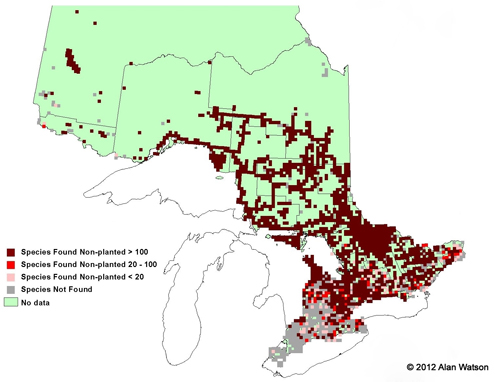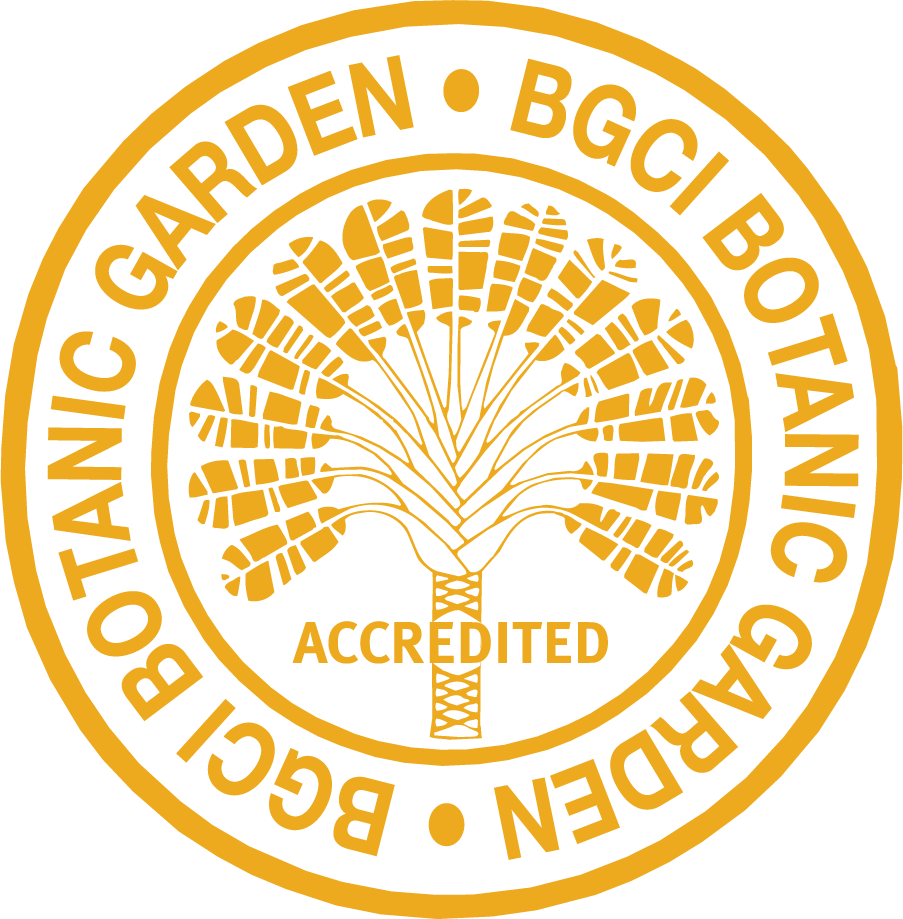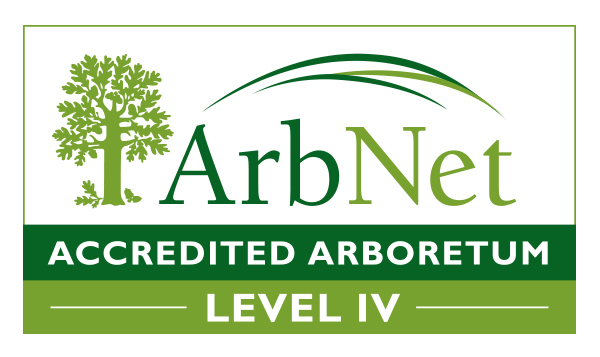paper birch - Betula papyrifera
This striking tree is easily recognizable by the large, peeling sheets of bark on mature specimens. Paper birch are short lived, often spreading out into multiple trunks. The bark does not decompose quickly, so you will often see large strips of bark remaining on top of a nearly decomposed log!
The paper birch is distinguished from similar birches by large oval leaves with short stalks. Leaf edges are coarsely double-toothed the underleaf is paler green.
The bark of paper birch saplings is a dark reddish brown, taking at least four years to become white and even longer for the thin bark to start peeling. However, the bark color of paper birch is variable; some trees retain darker reddish colors and unpeeling bark even at maturity.
Fruiting catkins.
Male flowers in long dangling catkins
Male flower buds at twig tips.

Ontario Tree Atlas map of non-planted Paper Birch. 1995-1999.
Return to tree listing page [1]
References
Farrar, J.L.. 1995. Trees in Canada. Fitzhenry & Whiteside Ltd. Toronto. ON. 504 pp.
Kershaw, L. 2001. Trees in Ontario: Including tall shrubs. Lone Pine Publishing. Edmonton. AB. 240 pp
Muma, W. 2011. Ontario Trees and Shrubs. [Online] Available: www.ontariotrees.com
OMNR, 2011. Ontario Ministry of Natural Resources: Ontario Tree Atlas. [Online] Available: http://www.mnr.gov.on.ca/en/Business/ClimateChange/2ColumnSubPage/267027.html
OMNR, 2008. Ontario’s Biodiversity: Species at Risk.

